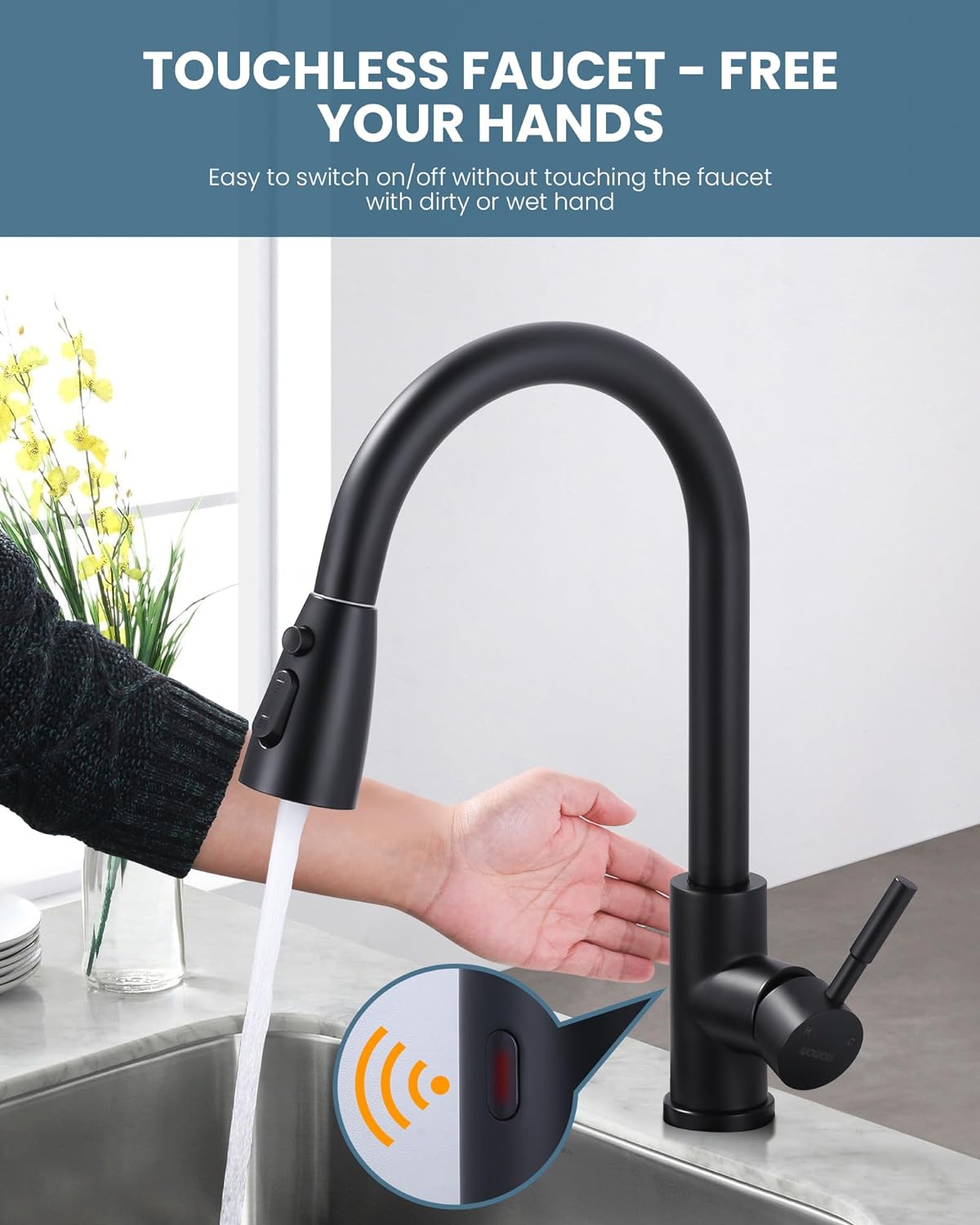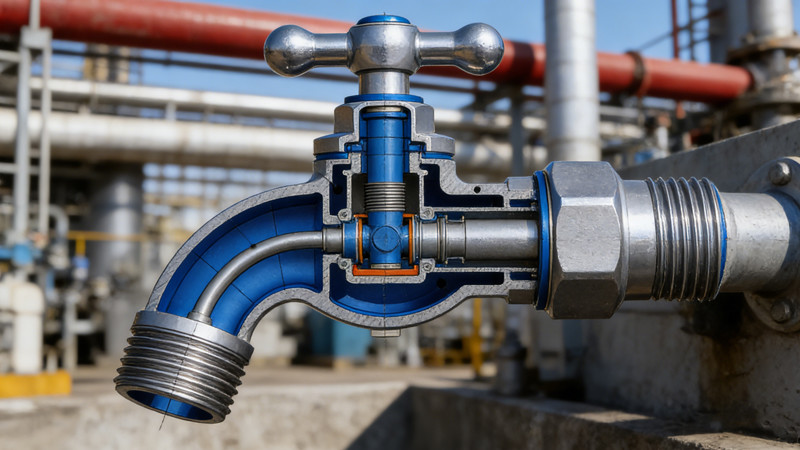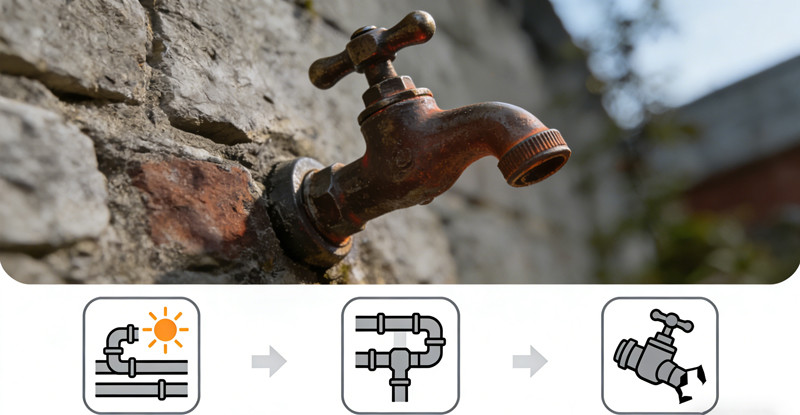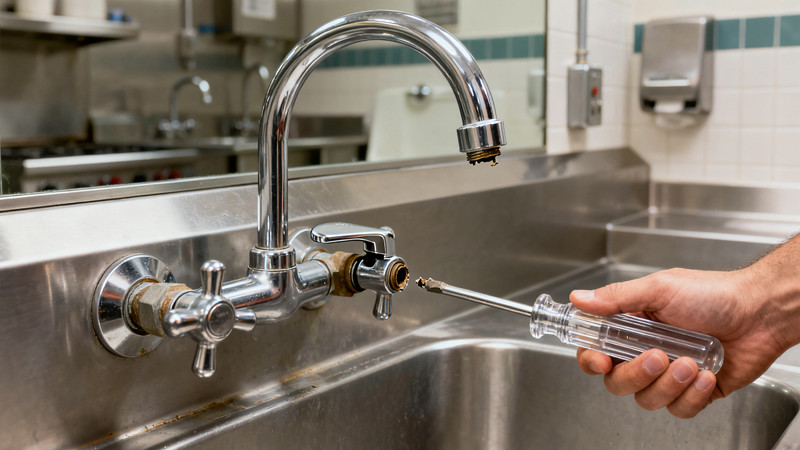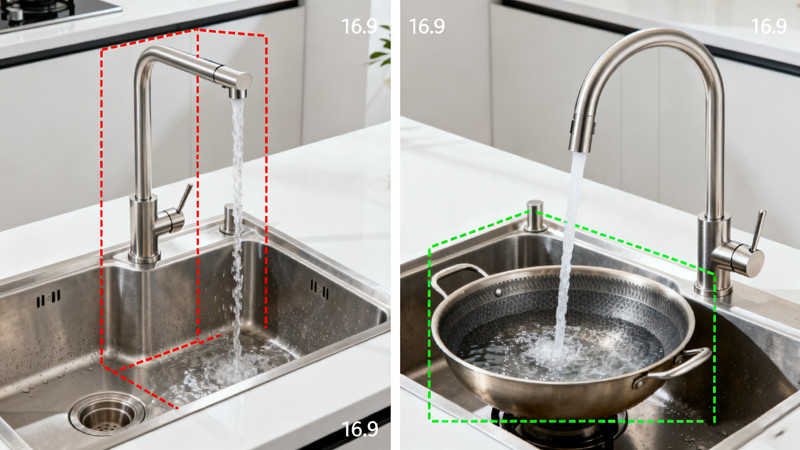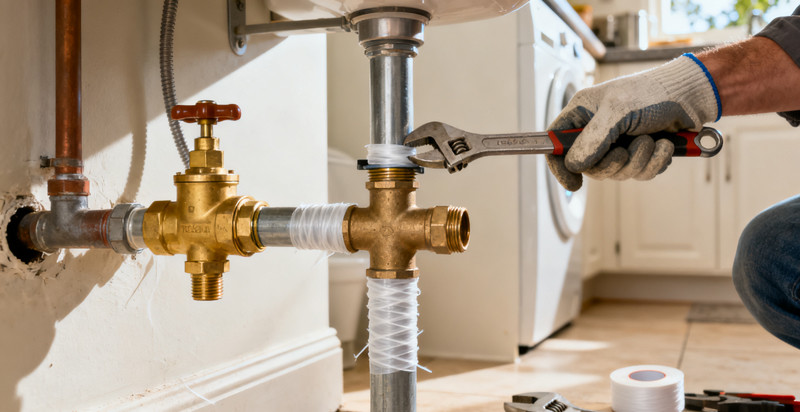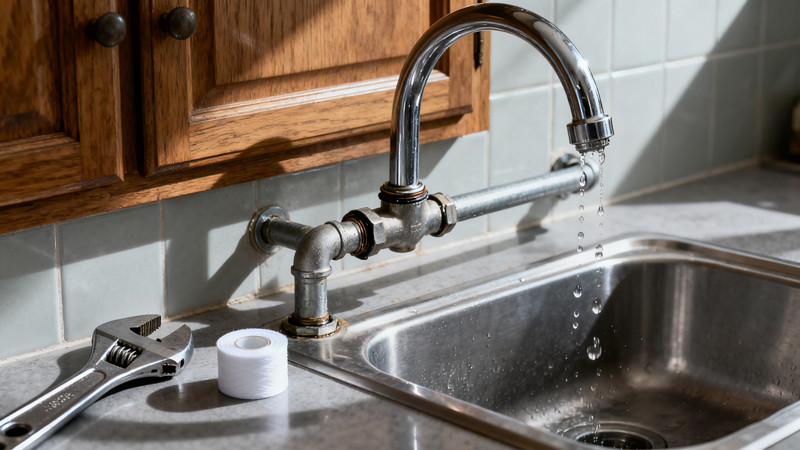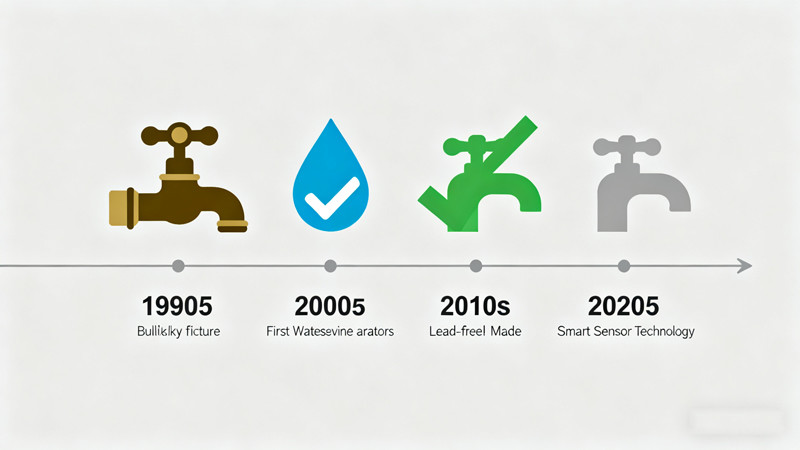
Plumbing standards are not static—they evolve with advances in technology, environmental regulations, and consumer expectations. Over the past few decades, faucets have transformed from simple mechanical devices into precision-engineered fixtures designed to meet rigorous safety, efficiency, and sustainability requirements. But what exactly drives these changes, and how do faucet manufacturers adapt to meet new plumbing standards without sacrificing performance or design?
In this article, we’ll explore how faucets continue to evolve alongside the plumbing industry, addressing shifts in water efficiency, materials, installation standards, and digital technology integration.
1. The Evolution of Plumbing Standards
Plumbing standards are established by a combination of government regulations, building codes, and industry organizations such as the American Society of Mechanical Engineers (ASME), American National Standards Institute (ANSI), and the Environmental Protection Agency (EPA). These bodies ensure that plumbing products—including faucets—are safe, efficient, and compatible with modern systems.
For example, the EPA’s WaterSense program, introduced in 2006, set a new benchmark for water efficiency by requiring bathroom faucets to have a maximum flow rate of 1.5 gallons per minute (GPM)—a significant reduction from the previous standard of 2.2 GPM. Similarly, standards related to materials—like the Reduction of Lead in Drinking Water Act—have pushed manufacturers to eliminate harmful substances and adopt cleaner, safer production methods.
Each time these standards evolve, faucet makers must innovate quickly to maintain compliance and market competitiveness.
2. Water Efficiency and Conservation
One of the most significant drivers of change in modern faucet design is water conservation. Global water scarcity and stricter environmental laws have encouraged manufacturers to develop faucets that deliver excellent performance with minimal water use.
To meet new standards, faucet companies employ several key technologies:
- Aerators: By mixing air with water, aerators maintain a strong stream while using less water. This ensures that users experience the same pressure and comfort with reduced flow rates.
- Flow restrictors: These components limit the volume of water passing through the faucet without compromising cleaning or rinsing efficiency.
- Sensor-based faucets: Increasingly popular in both residential and commercial settings, touchless faucets prevent water waste by automatically shutting off when not in use.
- Pressure-compensating designs: These models adjust flow according to water pressure levels, ensuring consistent performance across a wide range of plumbing conditions.
Thanks to these innovations, modern faucets can reduce water consumption by up to 30% or more compared to older models—all while maintaining user satisfaction and compliance with WaterSense and local efficiency codes.
3. Material Standards and Health Regulations
Another major shift in plumbing standards relates to material safety. Historically, brass faucets often contained small amounts of lead to improve machinability. However, research linking lead exposure to health risks led to stricter regulations on materials in contact with drinking water.
Since 2014, the Reduction of Lead in Drinking Water Act requires all plumbing products that convey potable water to contain no more than 0.25% lead by weighted average. Faucet manufacturers had to redesign production processes, source new alloys, and introduce lead-free brass or stainless-steel alternatives.
Beyond lead, other material innovations have emerged to meet modern expectations:
- PVD (Physical Vapor Deposition) coatings for enhanced corrosion and scratch resistance.
- Non-toxic polymer and ceramic components in cartridges for longer-lasting performance.
- Eco-friendly finishes that reduce harmful chemical waste during production.
These advancements ensure faucets are not only compliant with new regulations but also more durable, safer, and environmentally responsible.
4. Compatibility with Modern Plumbing Systems
As plumbing systems evolve, so too must faucet designs. Today’s homes often feature PEX (cross-linked polyethylene) and multilayer composite pipes instead of traditional copper. These materials have different expansion, connection, and pressure characteristics, requiring faucets with adaptable fittings and flexible connectors.
Manufacturers now design faucets that are easier for plumbers and DIY homeowners to install across a variety of system types. For example:
- Universal mounting systems simplify replacement regardless of sink hole configurations.
- Quick-connect hoses allow for tool-free installation.
- Flexible supply lines accommodate variations in sink or countertop layout.
These user-friendly updates make modern faucets more adaptable, ensuring compatibility with both legacy and next-generation plumbing systems.
5. Digital Integration and Smart Plumbing Standards
The future of plumbing is digital. Smart faucets—once a novelty—are rapidly becoming mainstream, and with them come entirely new standards for connectivity, safety, and hygiene.
Organizations like the Plumbing Manufacturers International (PMI) and International Association of Plumbing and Mechanical Officials (IAPMO) are already establishing guidelines for electronic water controls, power efficiency, and data security in smart plumbing devices.
Smart faucets now feature:
- Voice and app control via platforms like Alexa or Google Home.
- Automatic temperature calibration for safety and comfort.
- Usage analytics that track water consumption over time.
- Leak detection and shut-off systems that prevent water damage.
To comply with evolving standards, manufacturers integrate advanced sensors, water management algorithms, and safety certifications. The result is a new generation of faucets that not only meet plumbing regulations but also elevate the user experience.
6. Global Compliance and Market Adaptation
For international brands, adapting to regional plumbing standards is a significant challenge. Different markets have unique certification systems—such as CE (Europe), WRAS (UK), CSA (Canada), or WaterMark (Australia)—each with distinct testing methods and flow requirements.
To remain competitive globally, faucet companies invest heavily in multi-standard product engineering, ensuring that a single model can be adjusted or certified for multiple regions. This flexibility allows global faucet brands to deliver consistent design quality while respecting local environmental and safety laws.
7. The Road Ahead: Sustainability and Circular Design
Looking forward, plumbing standards are expected to place greater emphasis on sustainability, recyclable materials, and carbon footprint reduction. Faucets will likely integrate renewable materials, modular parts for easy repair, and improved lifecycle traceability.
Manufacturers like WOWOW are already investing in sustainable production, eco-friendly packaging, and water-efficient innovation, aligning with both regulatory changes and consumer demand for greener products.
Conclusion
As plumbing standards continue to evolve, faucets remain at the forefront of adaptation and innovation. From lead-free materials to water-saving aerators and smart digital systems, today’s faucets are a fusion of engineering precision, environmental responsibility, and modern convenience.
The constant evolution of standards ensures that faucet design never stands still—each new regulation drives better performance, safer materials, and greater sustainability. Whether it’s a sleek kitchen mixer or a high-tech bathroom tap, the modern faucet is more than just a water outlet—it’s a reflection of how far plumbing technology has come, and how ready it is for the future.
 WOWOW Faucets
WOWOW Faucets